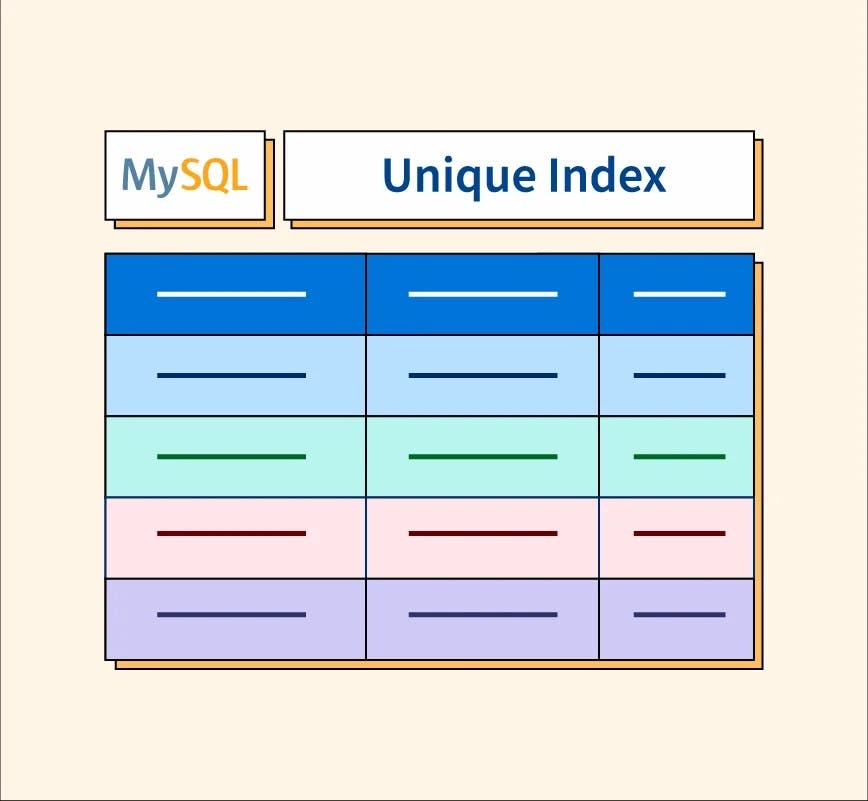Hackernoon
1M
197

Image Credit: Hackernoon
Unique Indexes: We Should Think Twice (Especially at Scale)
- In 'Big Tech' environments, relying solely on database UNIQUE INDEX constraints for preventing data duplication may not be as effective, especially in scenarios with large datasets and evolving requirements.
- The cost and maintenance of UNIQUE INDEX constraints can be high, leading to potential issues like replication lag and service disruptions.
- Challenges arise due to case sensitivity discrepancies, evolving business requirements, and the coordination needed between application code and database schema changes.
- Unique indexes offer benefits like data integrity safeguard and potential performance boosts, but they may fall short in complex, fast-paced tech environments.
- In distributed systems, local unique indexes cannot guarantee global uniqueness, shifting the responsibility to the application layer.
- Handling data uniqueness at the application layer provides flexibility, better user experience, and efficient rejection of duplicates before reaching the database.
- Implementing and maintaining UNIQUE INDEXES in large-scale environments can pose challenges, affecting agility, documentation accuracy, and replication consistency.
- Prioritizing application-layer deduplication mechanisms over database unique indexes is recommended for better control, error handling, and adherence to evolving business rules.
- Consider unique indexes as specialized tools rather than standard configurations, and carefully evaluate their necessity in complex and high-volume settings.
- Application-layer uniqueness logic, including idempotency and validation, can significantly enhance data integrity and user experience compared to relying solely on database constraints.
- In conclusion, rethinking the reliance on database UNIQUE INDEXES and exploring alternative approaches for handling data uniqueness can lead to more efficient and robust systems in modern tech environments.
Read Full Article
11 Likes
For uninterrupted reading, download the app